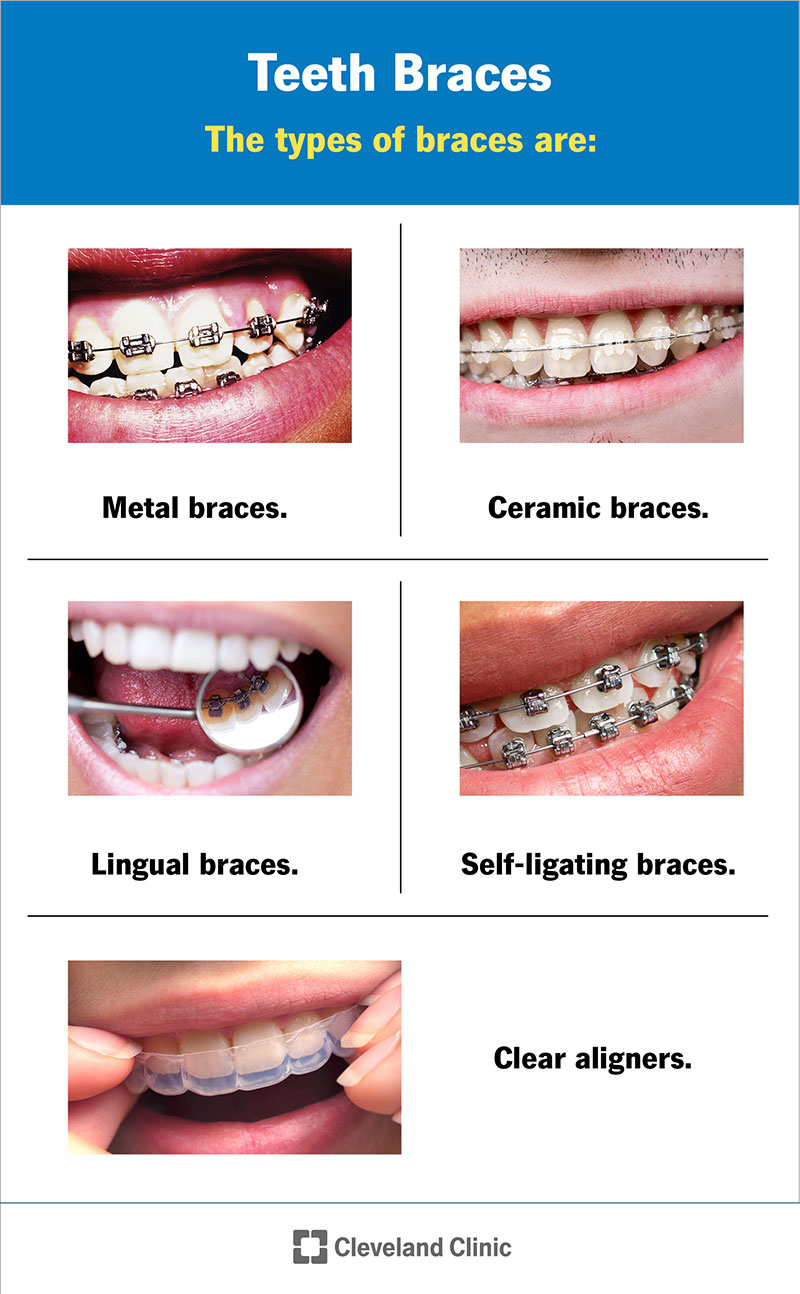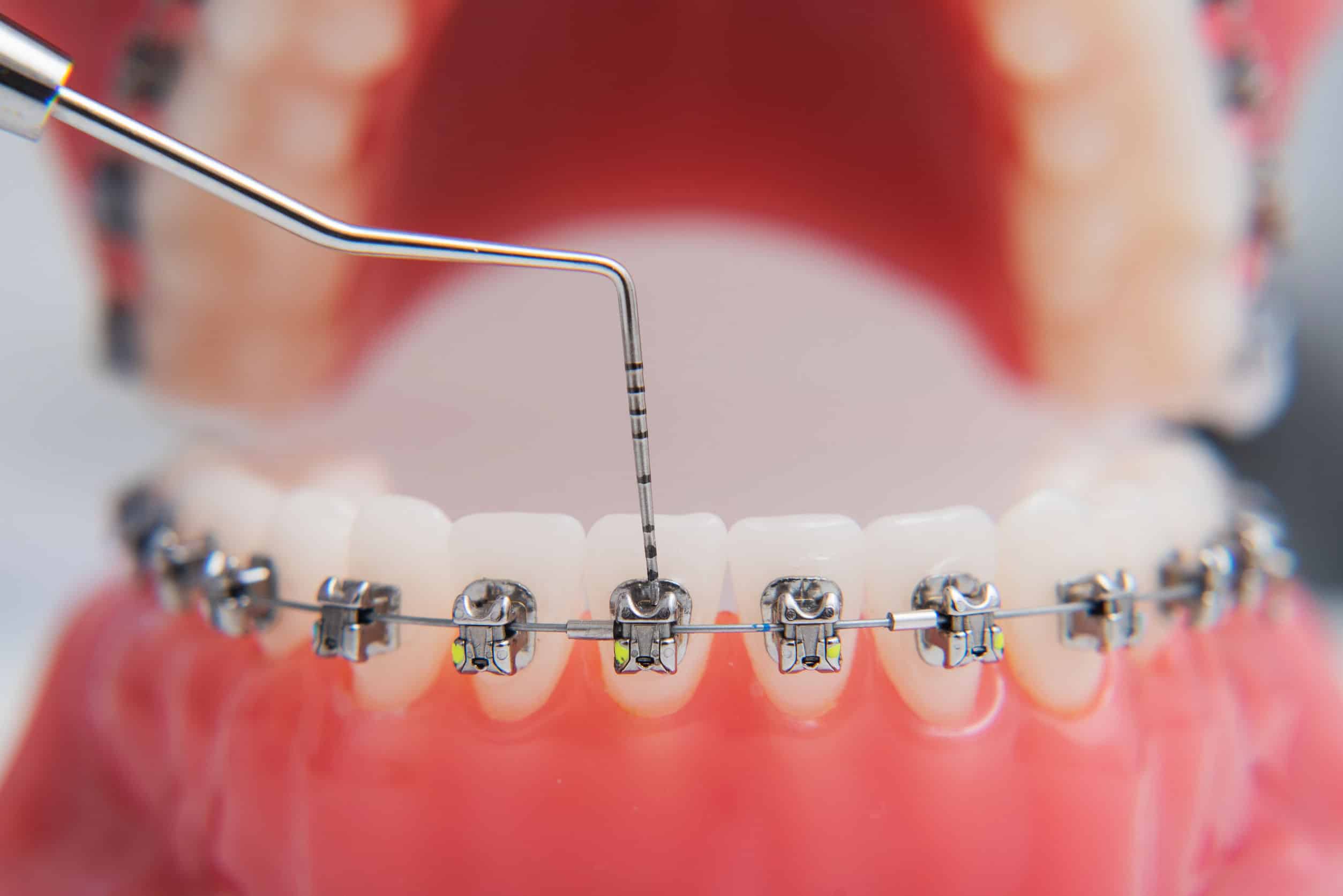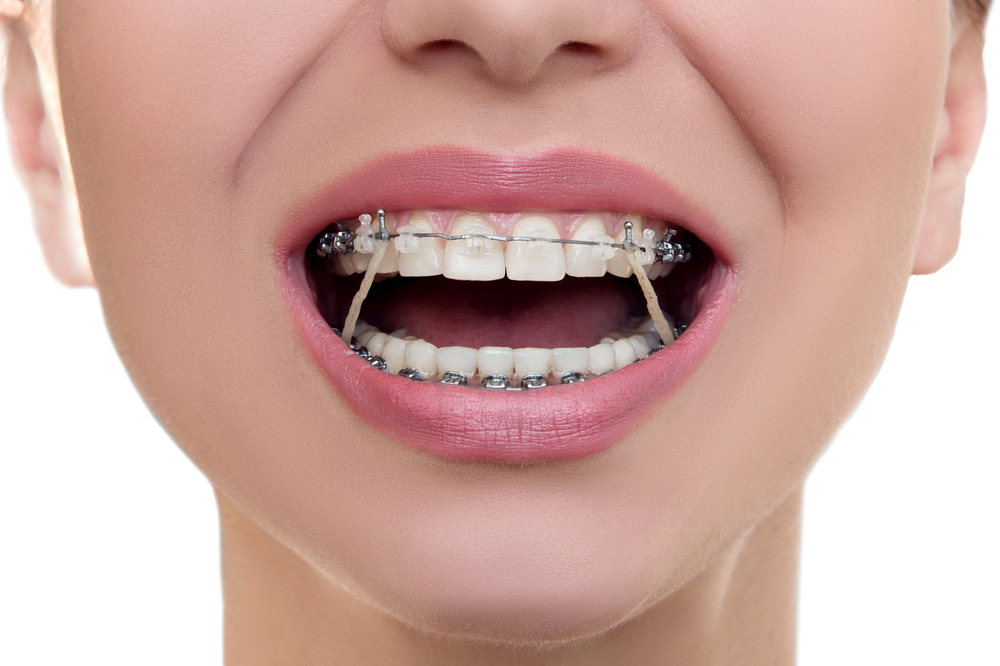Comprehensive Guide to Orthodontics Treatments for Remedying Dental Imbalances
In the realm of orthodontics, the trip to achieving a completely aligned smile entails a myriad of treatments customized to fix oral imbalances. From conventional braces to undetectable aligners and even surgical options, the area of orthodontics offers a variety of solutions to address differing degrees of oral abnormalities. Recognizing the complexities of each procedure, including their mechanisms, advantages, and potential downsides, is important in making informed choices regarding one's orthodontic therapy. As we browse via the extensive overview to orthodontic treatments for dealing with oral imbalances, the elaborate details of each technique will certainly unravel, dropping light on the course towards a functional and unified oral alignment.
Orthodontic Procedures Introduction

In addition to conventional braces and clear aligners, orthodontists might additionally recommend various other treatments like headwear, palatal expanders, or retainers to address specific alignment concerns (orthodontics). These treatments are customized per client's unique requirements and might involve a combination of therapies to achieve the desired results. Routine adjustments and tracking are vital parts of orthodontic treatment to make certain progression gets on track and to make any kind of required adjustments along the road. By going through orthodontic treatments, individuals can not only achieve a straighter grin yet likewise enhance their total dental health and wellness and function.
Standard Dental Braces: Exactly How They Work
When considering orthodontic treatments for dental imbalances, typical braces stand apart as a time-tested approach for dealing with teeth placing. Standard braces contain brackets, wires, and bands that function together to apply constant pressure on the teeth, progressively moving them right into the wanted placement. The brackets are connected to the teeth using an unique adhesive, and the cables are threaded with the braces. By readjusting the tension of the cords, orthodontists can control the instructions and pressure put on each tooth, directing them into proper placement over time.
One key aspect of just how typical braces job is the procedure of bone renovation. As pressure is applied to the teeth with the dental braces, the bone bordering the teeth is improved to support the brand-new tooth placements. This improvement is essential for the long-term stability of the fixed placement. Patients will require normal adjustments at the orthodontist's workplace to ensure the dental braces proceed to apply the correct pressure for reliable teeth activity.
Unseen Aligners: Disadvantages and pros
These clear, custom-made trays are practically unseen when used, making them an enticing option for people looking for an extra cosmetically pleasing orthodontic treatment. Clients can get rid of the aligners before consuming or brushing their teeth, decreasing the risk of food getting stuck in the device and simplifying the cleaning process.

Surgical Orthodontic Options
Surgical treatments in orthodontics present practical options for dealing with complicated oral imbalances that may not be successfully resolved through conventional orthodontic therapies. While unseen aligners and traditional braces can remedy several orthodontic problems, particular situations require medical treatment to accomplish optimal outcomes. Surgical orthodontic choices are usually suggested for severe malocclusions, significant jaw disparities, and cases where the underlying bone framework needs modification to accomplish proper positioning.
One typical medical orthodontic treatment is orthognathic surgical treatment, which involves rearranging the jaws to deal with useful issues such as difficulty speaking or chewing. This surgery is often carried out in cooperation with an orthodontist useful source who helps line up the teeth before and after the treatment. Surgical orthodontics might also entail procedures to expose affected teeth, eliminate excess gum tissue, or improve the jawbone to develop a much more unified face profile.
Prior to thinking about medical orthodontic alternatives, clients go through an extensive examination to figure out the need and prospective advantages of such treatments. aligners. While surgical procedure might appear complicated, it can substantially improve both the feature and appearances of the smile in instances where conventional orthodontic therapies fail
Retainers and Post-Treatment Treatment

Failing to comply with post-treatment treatment directions can result in regression, where the teeth gradually move back towards their initial positions. Regular retainer wear, great oral health, and normal oral examinations are essential for maintaining the outcomes attained with orthodontic surgery and guaranteeing the long-term security of the remedied dental alignment.
Final Thought
In final thought, orthodontic procedures use numerous alternatives for fixing dental misalignments. Surgical orthodontic options are readily available for extra extreme misalignments. On the whole, orthodontic treatments can efficiently boost dental health and aesthetic look.
As we browse via the detailed overview to orthodontic treatments for correcting dental imbalances, the intricate information of each technique will certainly unravel, losing light on the course towards a unified and useful dental placement. - cumming aligners
One of the most usual orthodontic treatments is the usage of braces, which are composed of steel brackets and cables that use gentle stress to slowly shift teeth into the wanted setting.When taking into consideration orthodontic therapies for dental misalignments, typical dental braces stand out as a time-tested method for fixing teeth positioning. Additionally, invisible aligners may not be ideal for intricate orthodontic concerns that need even more considerable teeth motion, as they are typically suggested for mild to modest situations. Retainers are tailor-made orthodontic tools developed to hold teeth in their corrected placements after the completion of orthodontic treatment.